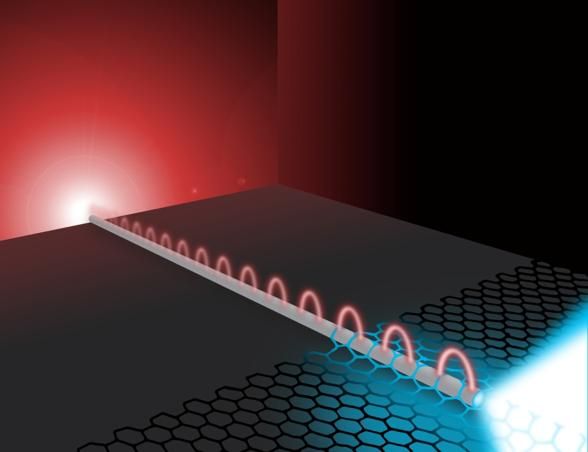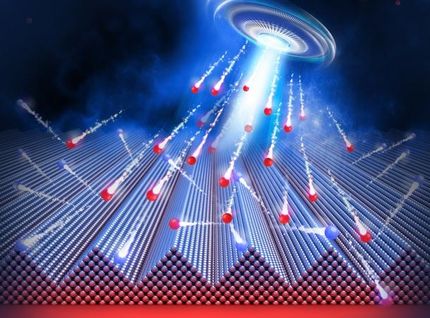How molecules self-assemble into superstructures
Researchers control the size of molecular superstructures on surfaces
Most technical functional units are built bit by bit according to a well-designed construction plan. The components are sequentially put in place by humans or machines. Life, however, is based on a different principle. It starts bottom-up with molecular self-assembly. The crystallization of sugar or salt are simple examples of self-assembly processes, where almost perfect crystals form from molecules that randomly move in a solution. To better understand the growth of macroscopic structures from molecules, a research team of physicists and chemists of Kiel University has mimicked such processes with custom-made molecules. As recently reported in the journal Angewandte Chemie they fabricated a variety of patterns over a wide range of sizes including the largest structures reported so far.
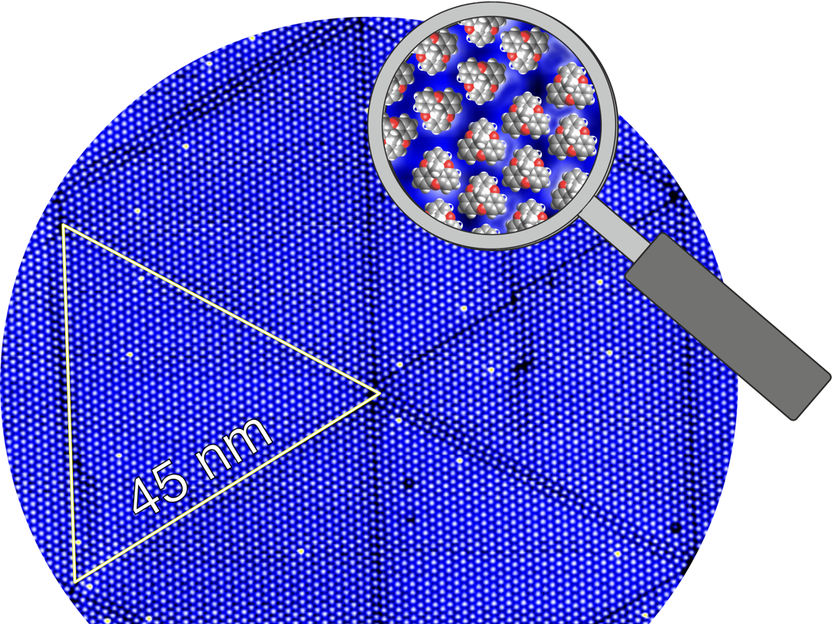
Scanning tunneling microscopy (STM) image of a self-assembly of triangular molecules on a silver surface. The repeated pattern (half of a pattern is indicated in yellow) has a size of 45 nanometers. Each dot corresponds to a molecule with a diameter of
© Manuel Gruber and Torben Jasper-Tönnies
The researchers deposited triangular molecules (methyltrioxatriangulenium) on gold and silver surfaces and observed their self-assembly into honeycomb superstructures using a scanning tunneling microscope. The structures are comprised of periodic patterns with controllable sizes. “Our largest fabricated patterns contain subunits of 3.000 molecules each, which is approximately 10 times more than previously reported”, says Dr. Manuel Gruber, a physicist from Kiel University. The team also developed a model of the intermolecular forces that drive the self-assembly. “The unique feature of our results is that we can explain, predict and even control their size”, Gruber continues.
The detailed understanding of the driving forces controlling the size of the patterns holds promises for nanotechnology applications, and in particular for functionalization of surfaces. It may be envisioned to tune various physical properties like electronic, optical or reactivity to gases of a material by controlling the size of the superstructures on its surface.
Original publication
Other news from the department science

Get the chemical industry in your inbox
By submitting this form you agree that LUMITOS AG will send you the newsletter(s) selected above by email. Your data will not be passed on to third parties. Your data will be stored and processed in accordance with our data protection regulations. LUMITOS may contact you by email for the purpose of advertising or market and opinion surveys. You can revoke your consent at any time without giving reasons to LUMITOS AG, Ernst-Augustin-Str. 2, 12489 Berlin, Germany or by e-mail at revoke@lumitos.com with effect for the future. In addition, each email contains a link to unsubscribe from the corresponding newsletter.
Most read news
More news from our other portals
Last viewed contents
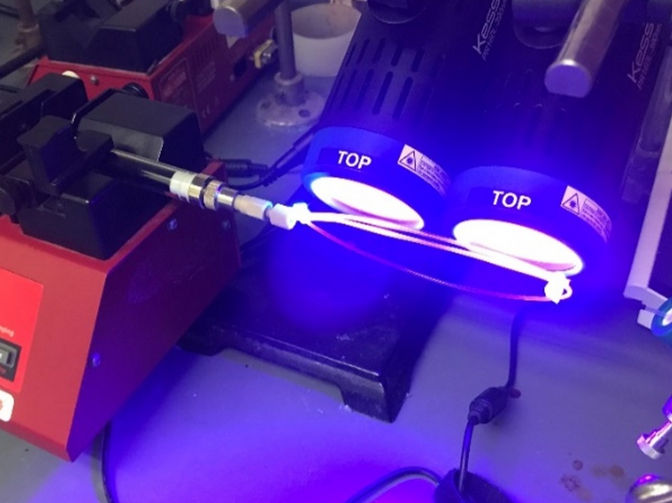
Lab lights way to simple chemical synthesis - Photochemistry method eases manufacture of drug, chemical precursors
Category:Uranium_mining
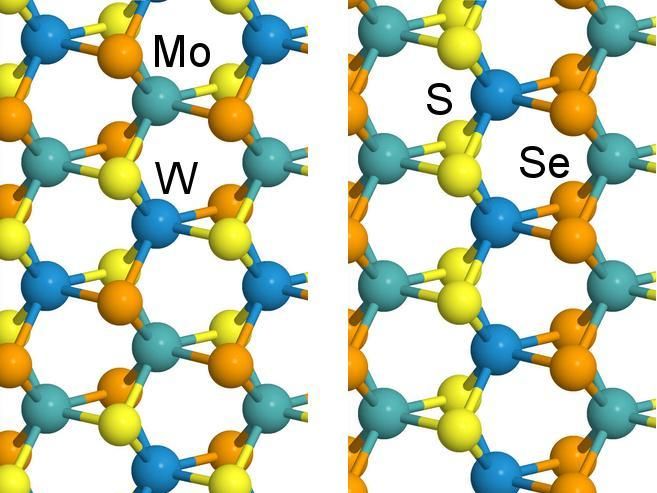
Four elements make 2-D optical platform
Particle-Induced_X-ray_Emission
